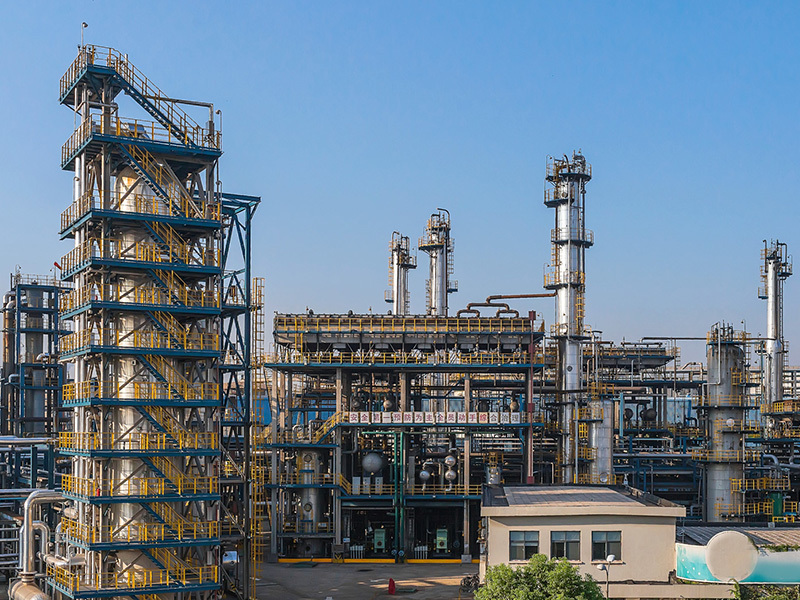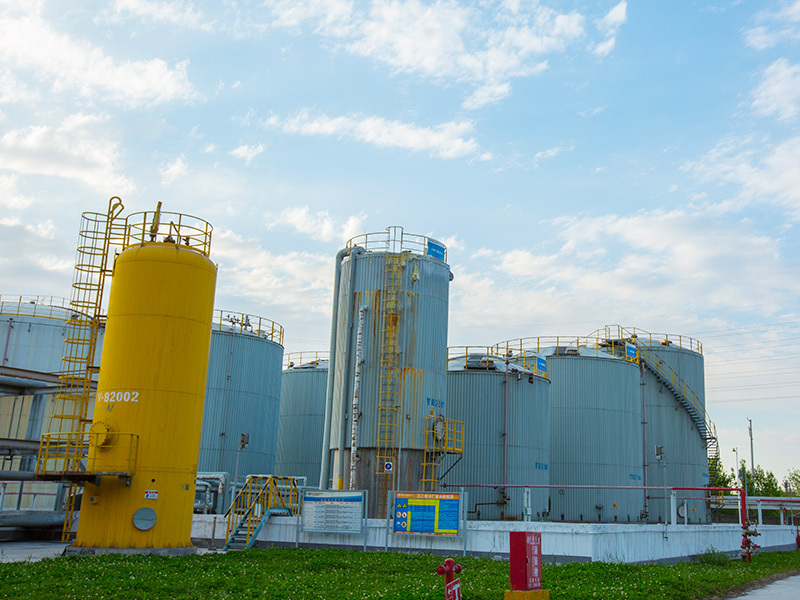What standards should be followed for 304 stainless steel elbows?
As a critical component in piping systems, the 304 stainless steel elbow must be manufactured and used in compliance with multi-dimensional international and domestic standard systems.
As a critical component in piping systems, the 304 stainless steel elbow must be manufactured and used in compliance with multi-dimensional international and domestic standard systems.
The material standard is the core foundation. The 304 stainless steel elbow must comply with standards such as GB/T 1220-2024 "Stainless Steel Bars" and ASTM A276/A240, specifying precise chemical composition ranges: chromium content of 18%-20%, nickel content of 8%-10.5%, and carbon content no more than 0.08%. Additionally, levels of impurities like phosphorus and sulfur are strictly controlled to ensure the material meets both corrosion resistance and mechanical performance requirements.
Manufacturing standards cover both geometric dimensions and process specifications. GB/T 12459-2024, "Steel Butt-Welded Seamless Pipe Fittings," specifies the bend radius of elbows—long radius at 1.5D and short radius at 1.0D—as well as wall thickness tolerances (±12.5%) and angular tolerances (±1°). The welding process must adhere to the GB/T 150 standard for "Pressure Vessels," which mandates a bevel angle of 30°–37.5°, a root face of 0–3 mm, and ensures weld quality through 100% radiographic inspection.
Food contact standards are tailored for specific application scenarios. If the product is intended for use in food machinery, it must be certified according to GB 4806.9-2023, "National Food Safety Standard – Metal Materials and Products for Food Contact," which sets limits such as a total migration of ≤10 mg/dm², with individual heavy metal migrations (lead, cadmium, and arsenic) capped at ≤0.01 mg/kg, ≤0.002 mg/kg, and ≤0.002 mg/kg, respectively. Additionally, its safety must be verified through a soaking test using a 4% acetic acid solution.
Pressure rating standards are determined based on the requirements of the piping system. 304 stainless steel elbows must comply with the pressure classification outlined in ASME B16.9, "Factory-Made Forged Steel Butt-Welding Pipe Fittings," such as Sch40 (wall thickness of 4.5 mm) and Sch80 (wall thickness of 6.35 mm), ensuring stable operation within a pressure range of 0.6 to 25 MPa.
Keywords:
Previous post:
Related Blog
Introduction to Anti-Corrosion Steel Pipes
A 180° elbow is a metal pipe fitting used to change the direction of piping in carbon steel pipelines.
What are angled tees and angled crosses?
Both types of fittings optimize fluid dynamics performance and installation flexibility through angular design, making them an efficient alternative to traditional straight tees and crosses in modern piping systems.
Avoiding splicing at the r-point of the dish-shaped tube cap can prevent thinning and high stress.
Stainless Steel Grades: 304, 304L, 316, 316L, 321, 2520, 310, 317, and more. Nominal Diameters: DN15 to DN1200 Wall Thicknesses: SCH5 to SCH160 Standards: ASME, DIN, JIS, BS, GB/T, JB, SH, HG—specifically including: GB/T 12459-2017, GB/T 13401-2017, ASME B16.9, SH3408, SH3409, HG/T 21635, DL/T 695, SY/T 0510, DIN 2617. Applications: Water, beverages, beer, food processing, petrochemicals, nuclear power, machinery, medical equipment, fertilizers, shipbuilding, waterproofing systems, piping, and more. Packaging: Wooden crates or cardboard boxes. When applying dish-end caps, avoid splicing at the radius area, as this can lead to material thinning and high stress concentrations. During splicing, weld seams must be oriented either radially or circumferentially—this requirement may eventually be relaxed for larger-cap diameter applications. Additionally, there are specific spacing guidelines for splices: they should be positioned at least 3δ away from each other, with a minimum distance of 100 mm. (The weld heat-affected zone is inherently a region of high stress, and chemical composition loss occurs within this area. Therefore, it’s crucial to steer clear of these high-stress zones, as their extent depends on the material thickness. Based on practical experience, the recommended stress-relief length is greater than 3δ but no less than 100 mm.) However, this requirement is particularly challenging to meet in refrigeration equipment due to their unique design characteristics.








